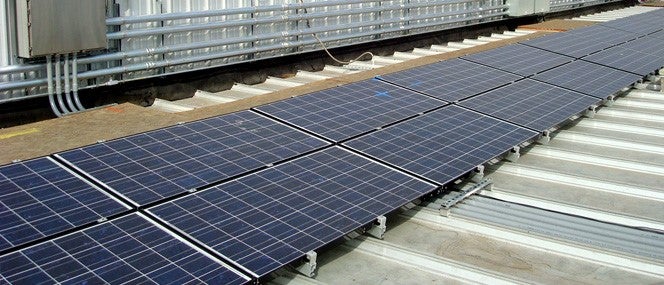 If Ben Franklin lived today, he might say that nothing is certain but death, taxes and cyber-attacks. Cyber-attacks occur when individuals or groups hack into another group’s computer information systems to steal, alter or damage key infrastructure. Our nation’s electric grid is under constant attack according to a survey of electric utilities by U.S. House Representatives Henry Waxman and (now) Senator Edward Markey. The grid was the greatest engineering achievement of the 20th Century, but cybersecurity was equally unknown to those grid engineers as it was to Ben Franklin. We need to do more to protect our energy infrastructure.
If Ben Franklin lived today, he might say that nothing is certain but death, taxes and cyber-attacks. Cyber-attacks occur when individuals or groups hack into another group’s computer information systems to steal, alter or damage key infrastructure. Our nation’s electric grid is under constant attack according to a survey of electric utilities by U.S. House Representatives Henry Waxman and (now) Senator Edward Markey. The grid was the greatest engineering achievement of the 20th Century, but cybersecurity was equally unknown to those grid engineers as it was to Ben Franklin. We need to do more to protect our energy infrastructure.
The U.S. has finally called out China for repeated and pervasive cyber-attacks. Mandiant, a cybersecurity firm, released an alarming report in February 2013 regarding the ongoing cyber-attacks by the Chinese army. James Clapper, the Director of National Intelligence, described cyber-attacks as a soft war already underway and a dire global threat in his April 2013 World Threat Assessment to the U.S. House Permanent Select Committee on Intelligence. In May of this year, for the first time, the Pentagon’s annual report to Congress on the Chinese military openly accused China’s military of repeated cyber-attacks on the U.S. government and defense contractors.
Cyber-attacks are underway not only by China, but also by Iran, Russia, Al-Queda, organized crime, industrial spies, ex-utility employees and rogue hackers. The U.S. Department of Homeland Security investigated over 200 serious cyber-attacks against critical infrastructure during the first half of 2013. The electric grid was targeted in over half of these attacks. At the recent Black Hat security conference in Las Vegas, Cyrill Brunschwiler of Compass Security explained how the smart grid’s wireless network can be easily exploited to steal electricity and to cause massive blackouts. Though innovation and new clean energy technologies are key to modernizing our antiquated energy system, the electric grid is more vulnerable to cyber-attacks with increased use of smartphones, tablets, mobile apps and electric vehicles to connect with our home electronic devices. A July 2012 report by the Government Accountability Office (GAO) outlines the various threats to the electric grid.
Read More »





